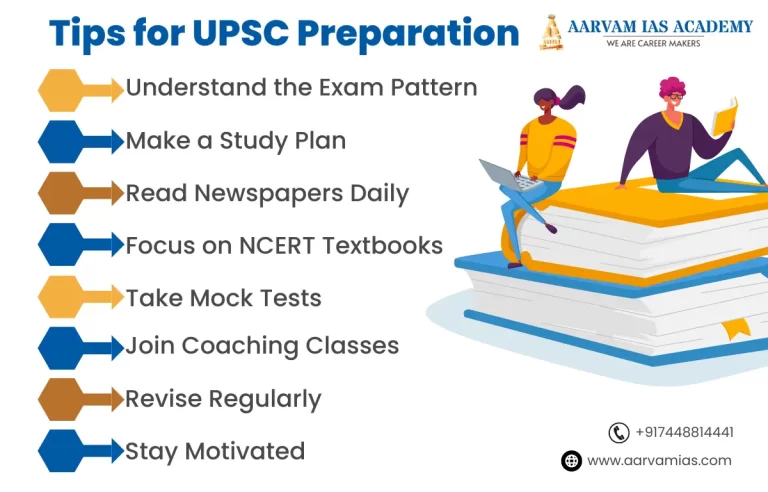Tamil
Syllabus of Tamil
The Tamil optional subject in the UPSC (Union Public Service Commission) examination holds great significance and serves as a crucial avenue for candidates to showcase their proficiency and understanding of the Tamil language and literature. The inclusion of Tamil as an optional subject underscores the UPSC’s commitment to recognizing the linguistic diversity and cultural richness of India.
By opting for Tamil as their optional subject, candidates from the best UPSC coaching center in Chennai have the opportunity to delve deep into the vast realm of Tamil literature, history, poetry, and linguistic aspects, thereby fostering a comprehensive understanding of the language and its significance in the Indian context.
TAMIL PAPER I
Answers to be written in Tamil
Section A
Part 1: History of Tamil Language
Major Indian Language Families—The place of Tamil among Dravidian in particular and Indian Languages in general—Distribution and Enumeration of Dravidian languages.
The language of medieval Tamil: Pallava Period only—The language of Sangam Literature—Historical study of Nouns, Adjectives, Verbs, Adverbs—Case markers and tense markers in Tamil.
Borrowing words from other languages into Tamil—Regional or social dialects—difference between literary & spoken Tamil.
Part 2: History of Tamil Literature
Tolkappiyam-Sangam Literature—The division of Puram and Akam—The secular characteristics of Sangam Literature—The development of Ethical literature—Manimekalai and Silappadikaram.
Part 3: Devotional Literature (Nayanamars and Alwars)
Minor literary forms (Tutu, Ula, Parani, Kuravanji) — The bridal mysticism in Alwar hymns.
Social factors relating to the development of Modern Tamil Literature; Short Story, New Poetry and Novel—The impact of several political ideologies on modern writings.
Section B
Part 1: Recent trends in Tamil Studies
Approaches to criticism: Social, historical, psychological, and moralistic—the use of criticism—the various techniques in literature; Iraicchi, Ullurai, Otturuvagam (allegory), Thonmam (Myth), Angadam (Satire), Padimam (image), Meyappadu, Irunmai (Ambiguity), Kuriyeedu (Symbol), —The principle of comparative literature—The concept of comparative literature.
Part 2: Folk literature in Tamil
Songs, Ballads, riddles and proverbs—Sociological study of Tamil folklore. Uses of translation – Development of journalism in Tamil —Translation of Tamil works into other languages.
Part 3: Cultural Heritage of the Tamils
Concept of Aram- ethical codes adopted – ancient Tamils in their warfare-customs beliefs, worship modes, rituals in the five Thinais —Concept of Love and War
The cultural fusion in the medieval period (Buddhism and Jainism) – Cultural changes as revealed in post sangam literature. The development of arts and architecture through the ages (Pallavas, Nayaks and later Cholas). The impact of various political, religious, social, and cultural movements on Tamil Society. The influence of mass media on the cultural transformation of present-day Tamil society.
TAMIL PAPER II
Answers to be written in Tamil
The examination paper will necessitate direct reading of the recommended text and will be formulated to assess the candidate’s critical aptitude.
Section A
Part 1: Ancient Literature
- Kuruntokai (1 to 25 poems)
- Purananuru (182 to 200 poems)
- Thirukkural Porutpal: ArasiyalumAmaichiyalum (from Iraimatchi to Avai Anjamai).
Part 2: Epic Literature
- Kamba Ramayanam: Kumbakarunan Vadhai Padalam.
- Silappadikaram: Madhurai Kandam only.
Part 3: Devotional Literature
- Tiruppavai: (Full Text).
- Thiruvasagam: Neetthal Vinnappam
Section B
Modern Literature
Part 1: Poetry
- Bharathidasan: Kudumba Vilakku
- Bharathiar: Kannan Pattu
- Naa. Kamarasan: Karappu Malarkal
Prose
- C. N. Annadurai: Ye! Thazhntha Tamilagame.
- Mu. Varadharajanar: Aramum Arasiyalum
Part 2: Novel, Short Story and Drama
- Akilon; Chittairappavai
- Cho: Yaurkkum Vetkamillai
- Jayakanthan: Gurupeedam
Part 3: Folk Literature
- Muthuppattan kathai Edited – Na. Vanamamalai, (Publication: Madurai Kamaraj University).
- Malaiyaruvi, Edited – Ki. Va Jagannathan (Publication: Saraswathi Mahal, Tanjore).

Structure of Tamil Optional Exam
The Indian Administrative Service is the most prestigious post created by the Government of India. When it comes to hierarchy, IAS is the top post when it comes to the other 24 posts like IPS, IFS, etc. IAS is the highest cadre in the Indian administrative service and is also a part of the executive branch. It is one of the high posts among 3 high cadre posts, which got employment through Union Government, State Government, and public sector undertaking.
Preliminary Examination
The examination conducted UPSC examination is to go through a screening test only. The marks procured by the candidates in the Preliminary Examination declared to be qualified for admission to the Main Examination, but anyhow the main examination may not be counted till the final order of merit. The candidates, who attempt the main examination that can be filled up the post about 12 to 13 times by the total number of vacancies commenced every year.
Main (Written) Examination
The main examination is conducted every year to evaluate the candidate’s intellectual traits and understanding of the depth of his knowledgeability and wide range of I.Q. The exam comes up with General studies papers 11 to paper V, and only an educated person can answer them without any specialized study.
Personality Test
The total interview is conducted for 275 marks, there is no minimum mark for qualification. The rank of the candidate is determined by the mark obtained in writing and interview a total of the written and interview marks. The rank is determined above the written examination mark plus the interview mark obtained. As per the rank secured, the candidates are given the post accordingly.






